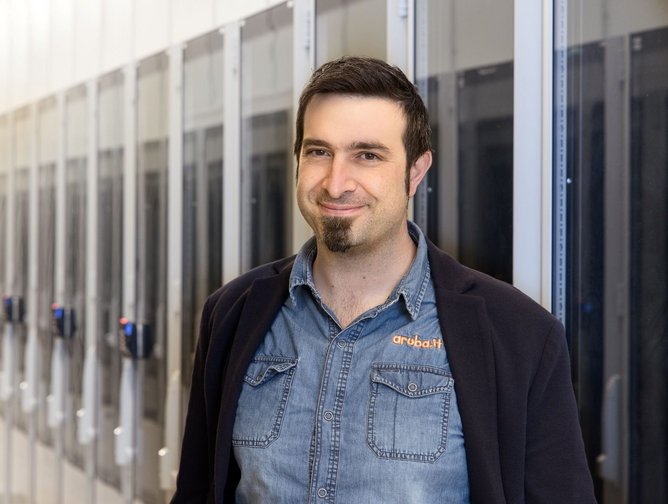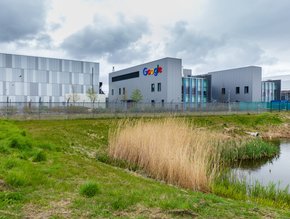The colocation craze is poised to continue in 2022


The past two years have drastically altered our view of how markets currently work on a global scale. For most data centre operators, the last few years have been largely challenging, with the shift to remote working and having to re-learn how to handle new kinds of projects that require different processes. The industry understands that consumers’ increased usage of gaming and streaming activities, as well as firms’ demand for greater storage capacity, is not a passing fad.
Nevertheless, there is a silver lining to this. Despite the undeniable negative effects of the pandemic, it has been a driving force in the creation of technologies that serve our increasingly digital lifestyles. The growing trend toward digitisation and greater dependence on computing has helped the data centre industry considerably. Secondly, there is now a greater demand for cloud services that places additional strain on the data centre / colocation markets; but this same demand has driven us to innovate, expand capacity, and adapt to become even more robust. Thirdly, the pandemic has raised awareness of the industry’s most pressing issue: sustainability. Most, if not all, operators are now revising their methods, whether it’s from tapping into solar energy or using hydropower.
Our sector is undoubtedly busy and is showing no sign of slowing down. So, let’s take a look at some of the fastest growing trends right now and what we can expect to see more of in the years to come.
Post-pandemic aftermath
It is no secret that the pandemic has put everyone behind schedule, this has particularly been the case for operators in the colocation market. With new restrictions in place that didn’t exist before, we had to navigate the challenges in operating remotely, as well as re-learn how to take care of data centres. The true test here was to continue working regardless of circumstances.
The biggest impact, however, was felt by those on the supply side. These folks that have been delivering product supplier were always fully aware of how, when, and at what cost they needed to deliver. But everything has changed, and they’ve had to adjust and rethink entire processes as a result. For example, copper has now more than doubled in price. Meanwhile, vendors are taking more than twice as long to get raw supplies as they were before.
Greater resiliency or larger volumes?
The colocation market is currently divided into two areas. On the one hand, there’s this massive demand from the larger enterprises who are buying huge amounts of data centre capacity to meet customer demand for cloud-based services. These businesses purchase capacity volumes at a large scale and try to save as much of it as possible. It is the costliest option, and the standard infrastructure design might appear less robust in the long run, compared to other options. SME enterprises, on the other hand, are striving for as much resiliency as possible, as well as high-rating certified infrastructures, to safeguard their data and services. To ensure that their data and services are always safe and easily accessible, their demand is centred around resilient and reliable facilities. In today’s market, these are the two types of demand we’re seeing a lot of and can expect to see more of in the future.
Environmental factors to consider
An important outcome to stem from the pandemic is a greater focus on the factors impacting the environment. The industry has collectively turned their attention to re-evaluating and enhancing their operations to be ‘greener’. At this stage, it’s difficult to measure because industry-wide sustainability initiatives have been underway for some years now, but the pandemic has undoubtedly hastened things. Back then, industry requirements were minimal.
Since then, it has become increasingly important – in fact, it has shot to top of the agenda for businesses today. The key is to be carbon neutral, acquire the right certifications, source sustainable materials, and harness renewable energy.
At the same time, we are noticing an increase in demand for higher density colocation - the ratio between square metres and capacity. In the data centre sector, reliability is arguably the most vital thing; reliability requires redundant infrastructures, and redundancy leads to losses and less effective results. Having a guaranteed capacity of operation is of particular importance to factories that require large quantities of energy, so when energy prices go up across the entire market, our business is directly impacted. With the current socio-economic issues across Europe, it will be interesting to see how far the price of energy will increase.
However, high-density colocation is the trend for companies who wish to strengthen and streamline their critical IT infrastructures, as well as reduce their footprint and costs.
What the future holds
The market will continue to grow especially given the expected demand for its services in the future. Furthermore, more services will be made available as operators shift away from legacy infrastructures and towards more digitally oriented systems. Companies will also look to change their operational approach; we can expect to see a move away from the “faster” machines to ones that harness less power. Power is undeniably the greatest colocation cost, so that remains a major concern. With the ongoing war in Ukraine, this is likely to intensify, as our access and payment for electricity is likely to change. Nevertheless, the data centre and colocation market have proven resilient, pushing through many obstacles the industry has faced over the years, and I anticipate we’ll have no difficulty finding the right solution for our customers.






